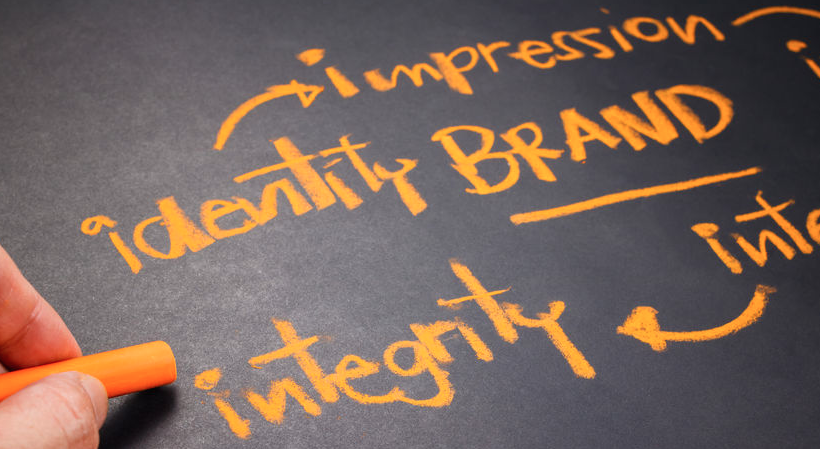Brands are living things; they represent human value systems and should mirror human experiences. Early in the process of building my own company, I assumed that once we decided on a slogan, word mark, value system and customer profile, our brand would remain unchanged.
This was perhaps one of the biggest mistakes I ever made, only second to a stubborn unwillingness to allow our brand to change, despite an overwhelming amount of evidence supporting a less static approach.
Despite my inexperience, the brand naturally evolved, and it continues to evolve every day; the team always feels just on the edge of discovering our “real purpose,” stuck in perpetual self-awareness. We have come to accept this experience as a necessary part of the process.
In my opinion, the best brands mirror people, because they summarize a relatable component of the human experience. The best brands, big or small, are often anchored by a relatable or aspirational personality, either real or made up (think Ralph Lauren, TOMS or Goop).
The best brands are real and authentic; they have an aesthetic, an idea, a voice and a story that is entirely their own.
Most importantly, these brands are confident about who they are. Like the best kinds of people, their consistency is not that they don’t change, but rather that when they do, they know why they evolve and how to articulate that evolution.
Related: How to Take Your Content Creation From Mediocre to Viral
Naturally, we are attracted to people who are confident, that have unwavering self-esteem. I always think about that kid on the playground in second grade who chose to read or pick flowers, rather than wait in line to be chosen for kickball. Confidence is an aspirational characteristic; it is something that most people often honestly lack. Most of us are easily swayed by other people’s opinions or our own fears or insecurities, and thus choose to follow. But brands with confidence are leaders.
The question for me became how to build a brand that leads, rather than one that follows.
The simple answer exists in the content we chose to create for our brand. But this, like everything else, did not happen overnight.
Truthfully, we were not very confident early on. We were unsure about what we wanted to be; stuck between different distribution strategies and consumer demographics, trying to be everything to everybody.
However, this process was not in vain. I reflect on this experience realizing that it was an important part of my professional development as an entrepreneur. We simply had to learn from our mistakes to gain the confidence we needed to build the brand that we wanted. The process continues, the only difference being that as we evolve, we know why we are evolving and explain that evolution to the customer.
Content is the thread that ties our brand story together, and consistency across our content is particularly important.
We need to look and feel the same way wherever we go. We have some guidelines around who we are, and most importantly, who we are not.
I find myself using this analogy: If we met for the first time in a brief meeting and then a week later we bumped into one another on the street but I dressed differently, my voice sounded different, I changed my hair, and acted opposite from how I acted previously, then there is a slim chance you might recognize me.
Sign Up: Receive the StartupNation newsletter!
I use this same analogy and apply it to branded marketing content. If you saw our company’s content and a week later received a targeted ad that looked different and spoke in a less familiar tone, then there is only a small chance that you would connect the two to one entity.
Consistent content is key. This sounds like an obvious assertion; however, for a brand just starting out with evolving strategies and product lines, it is easy to lose confidence in your message, and thus have an inconsistent appearance. A lack of confidence hurts you two ways here: one, it is inefficient for a brand to spend money on marketing to compensate for a lack of general brand awareness, and two, it doesn’t provide the end user or customer with any definitive understanding of who you are or why you exist.






